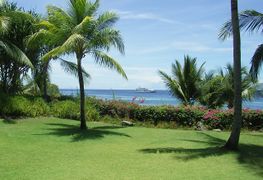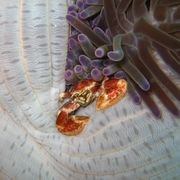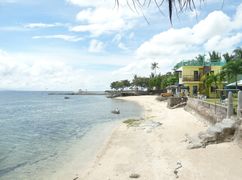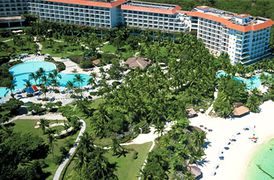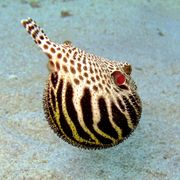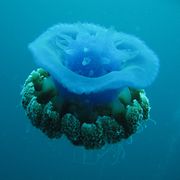مكتان
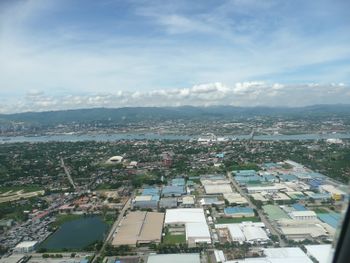 مكتان من الجو | |
 الموقع في الفلپين | |
| الجغرافيا | |
|---|---|
| الإحداثيات | 10°18′N 123°58′E / 10.300°N 123.967°E |
| الأرخبيل | ڤيسايا |
| قريبة من | |
| المساحة | 65 km2 (25 sq mi) |
| أعلى منسوب | 6 m (20 ft) |
| الإدارة | |
الفلپين | |
| مدينة و بلدية | |
| Largest settlement | لاپو-لاپو (pop. 408,112) |
| السكان | |
| التعداد | 467,824 (2015) |
| الكثافة السكانية | 6٬615 /km2 (17٬133 /sq mi) |
| الجماعات العرقية | ڤيسايا (سيبوانو) وجماعات عرقية أخرى. |
مكتان Mactan هي جزيرة مكتظة بالسكان تبعد أقل من كيلومترين من جزيرة سيبو في الفلپين. الجزيرة هي جزء من مقاطعة سيبو وتنقسم إلى مدينة لاپو-لاپو وبلدية كوردوڤا. الجزيرة يفصلها عن سيبو قناة مكتان التي يعبرها جسران: جسر مارسلو فرنان و جسر مكتان-منداوى. تبلغ مساحة الجزيرة 65 كم² ويسكنها نحو 470,000 نسمة،[1] مما يجعلها أكثر جزر الفلبين اكتظاظاً بالسكان. ومع مجموعة جزر أولانگو، فإن الجزر تدار كمدينة واحدة وبلدية تغطي 75.25 كم².
مطار مكتان-سيبو الدولي يقع في الجزيرة.
أصل الكلمة
According to oral histories, the name "Mactan" evolved from the name Mangatang. The name means "pirate" (lit. "those who lie in wait"), and was acquired during a period where the island's population would prey on passing trade ships on the way to the harbors of Sugbu. The ancient name of the island in precolonial times is Opong, which became the name of the Spanish settlement of Opon (renamed to Lapu-Lapu in 1961).[2]
التاريخ
The island was already a thriving settlement before it was colonized by Spain in the 16th century. It is a strong ally of the Lakanate of Lawan, a prosperous kingdom in Samar. Datu Hadi Iberein ruled the Lakanate of Lawan. He was described by historian William Henry Scott as a “Samar datu by the name of Iberein was rowed out to a Spanish vessel anchored in his harbor in 1543 by oarsmen collared in gold; while wearing on his own person earrings and chains.” Portuguese explorer Ferdinand Magellan arrived on the island in 1521 and became involved in warfare among the kingdoms, only to be killed in battle by the warriors of Datu Lapu-Lapu, the sovereign in the island. However, oral tradition also dictates that the island where the Battle of Mactan might have taken place in is Poro Island in the northeast instead.[بحاجة لمصدر] The oral tradition is backed by recent[when?] archaeological evidence of such a battle taking place in Poro island during the 16th century.[بحاجة لمصدر]
By 1730[بحاجة لمصدر], the Catholic Augustinian friars established the town of Opon. It was later renamed as the city of Lapu-Lapu by means of the Republic Act 3134, signed by Pres. Carlos P. Garcia on June 17, 1961. Congressman Manuel A. Zosa, the representative of the Sixth District of Cebu, sponsored the Bill converting the former municipality of Opon into the present day City of Lapu-Lapu.[3]
الاقتصاد
Apart from the airport, today the island is known for its industrial factories, which are some of the most successful industrial ventures in the Philippines. Many of them are located at the Mactan Export Processing Zone (MEPZ), an industrial tax-free zone opened in 1979 that includes over 35 business ventures, about 50 percent of which are Japanese-owned.
Also important to the island is its high-class tourism industry and the production of furniture, as well as guitars, ukuleles and other musical instruments.
المعالم السياحية
Being one of the major tourist islands of Cebu, Mactan Island boasts of a diverse collection of tourist spots and attractions. Being a coral island, Mactan offers some of the best diving, snorkeling, island hopping, jet ski, sailing and cultural activities of any island in the Philippines.
معرض صور
An Arothron stellatus in Mactan
A Cephea jellyfish at Mactan
المراجع
- ^ "PHILIPPINES: Administrative Division".
- ^ Celestino C. Macachor (2011). "Searching for Kali in the Indigenous Chronicles of Jovito Abellana". Rapid Journal. 10 (2). Archived from the original on يوليو 3, 2012.
- ^ "Dr Who and Mexicans". Lindsey Michelle Susdorf "Future Dating Political Documents".
وصلات خارجية
 Geographic data related to مكتان at OpenStreetMap
Geographic data related to مكتان at OpenStreetMap- Mactan International Airport
- Lapu-Lapu City Government

